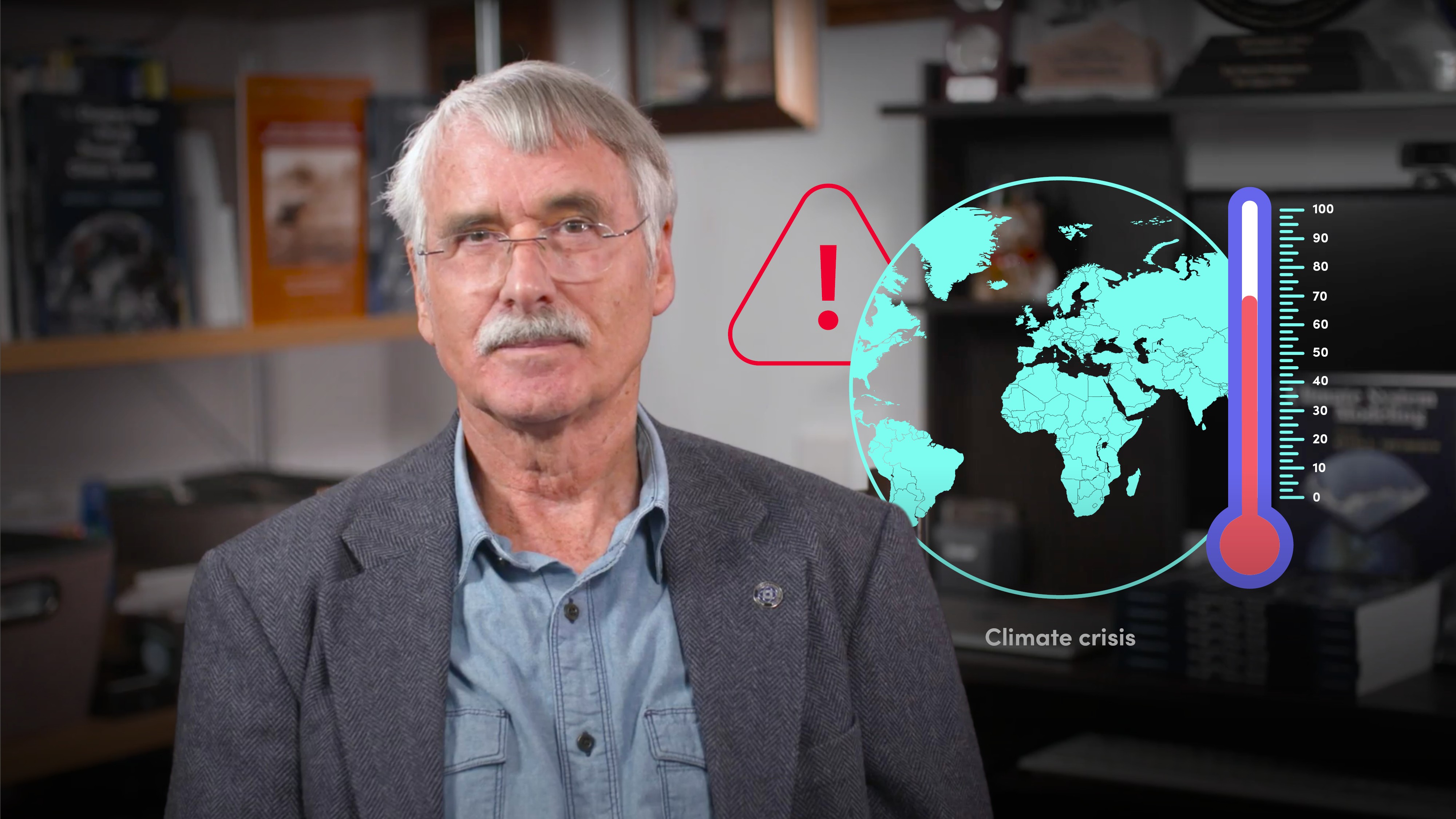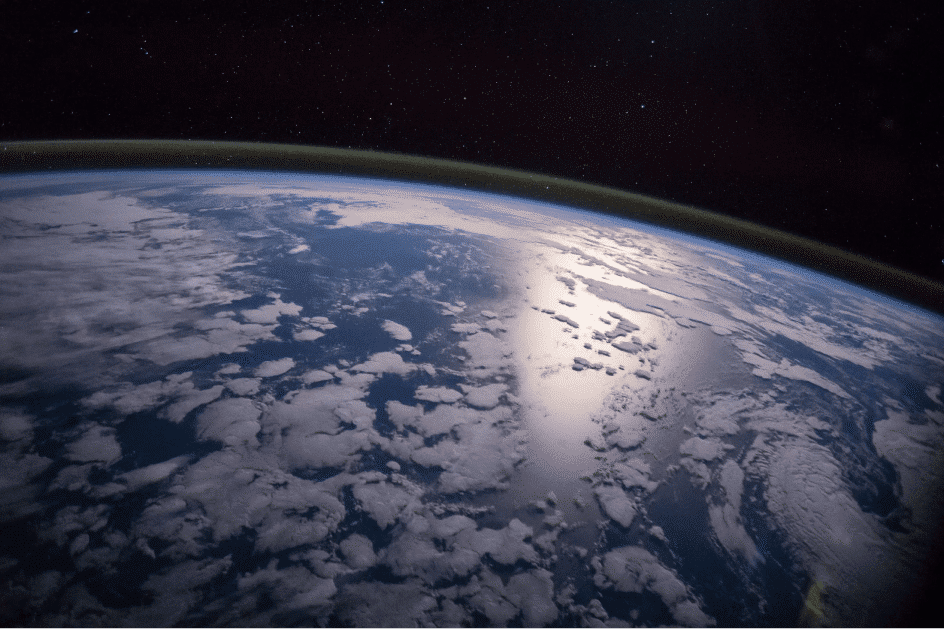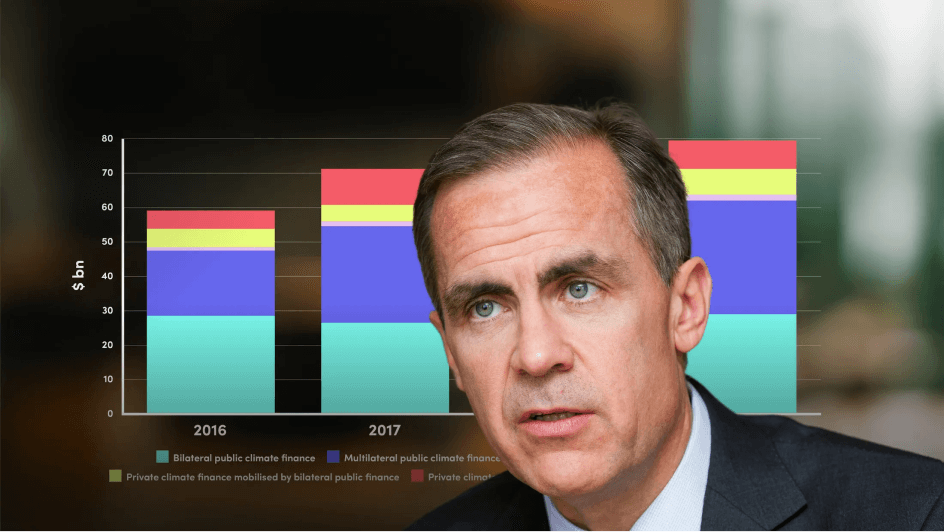
The Impact of Climate Change on the Hydrological Cycle

Kevin Trenberth
Former Coordinating Lead Author of the IPCC
Water is irreplaceable, non-substitutable and absolutely essential for life. The global water cycle is also changing. Join Kevin Trenberth in this video where he outlines what precipitation is, the hydrological cycle and how this is changing due to the climate crisis.
Water is irreplaceable, non-substitutable and absolutely essential for life. The global water cycle is also changing. Join Kevin Trenberth in this video where he outlines what precipitation is, the hydrological cycle and how this is changing due to the climate crisis.
Subscribe to watch
Access this and all of the content on our platform by signing up for a 7-day free trial.

The Impact of Climate Change on the Hydrological Cycle
16 mins 35 secs
Key learning objectives:
Understand what precipitation is
Understand how the hydrological cycle works
Outline the effect of the climate crisis on the hydrological cycle
Overview:
Precipitation results from the condensation of water vapour in the atmosphere that falls from clouds as a result of gravity. This includes drizzle rain and snow. The hydrological cycle is the process of evaporation from the surface moisture of the land and its vegetation, and ocean surface into the atmosphere and then back again as precipitation. Higher air temperatures mean there is more atmospheric demand for moisture. The increased heat in the climate is causing more evaporation, leading to prospects of more storms of increasing size, intensity and length.
Subscribe to watch
Access this and all of the content on our platform by signing up for a 7-day free trial.
What is precipitation?
Precipitation results from the condensation of water vapour in the atmosphere that falls from clouds as a result of gravity. This includes drizzle, rain, sleet, snow, ice pellets and hail. The type of precipitation depends on the temperature and location.
How does humidity affect precipitation?
Precipitation is hugely affected by surface temperatures and humidity. Humidity is the measure of moisture in the atmosphere. Specific humidity is measured as the mass of water vapour relative to the mass of air (in grams of vapour per kg of air). Relative humidity is a measure of the water vapour as a percentage of the total moisture-holding capacity of the air. This means that air with 100% humidity will form rain or clouds with ease, unlike air with 20% humidity found in desert regions. Warmer air will also hold 7% more moisture per degree Celsius rise in temperature (Clausius–Clapeyron equation).
What is the relationship between precipitation and evaporation?
Rates of precipitation on average are 9x the evaporation rates. In other words, the area required to feed a precipitating weather system is 9x the precipitation area through the convergence of moisture. This means when the moisture goes up (as happens with a warmer climate due to climate change) it will rain harder, increasing the risk of flooding.
What is the hydrological cycle?
The hydrological cycle is the process of evaporation from the surface moisture of the land and its vegetation, and ocean surface into the atmosphere and then back again as precipitation. On land the precipitation seeps into soils, streams and rivers and flows to lakes and the ocean. It involves the continuous circulation of water, driven by exchanges of energy. Typical evaporation rates are 1-5mm per day.
How do the warmer temperatures caused by the climate crisis affect the hydrological cycle?
Higher air temperatures mean there is more atmospheric demand for moisture - the air is "thirstier". Increased evaporation in dry regions can also intensify droughts. Droughts, defined as a prolonged or marked deficiency of precipitation that results in water shortages, occur naturally. With climate change however, they are likely to develop sooner, become stronger and last longer, leading to an increased risk of wildfires and oppressive heat waves.
Increased precipitation in wetter areas increases risk of flooding. In previous snowy areas in winter, the warmer climate will mean that it will likely rain instead.
Hurricanes rely on atmospheric moisture to fuel their strong thunderstorms and upward currents of air that come from warm tropical oceans. As hurricanes spin up their winds, evaporation increases and with increased ocean heat content (OHC), sea levels and sea surface temperatures from climate warming, storms occur in a hotter, moister environment. The hurricanes become more intense, longer lasting and bigger, and makes them more powerful.
Subscribe to watch
Access this and all of the content on our platform by signing up for a 7-day free trial.

Kevin Trenberth
There are no available Videos from "Kevin Trenberth"





























